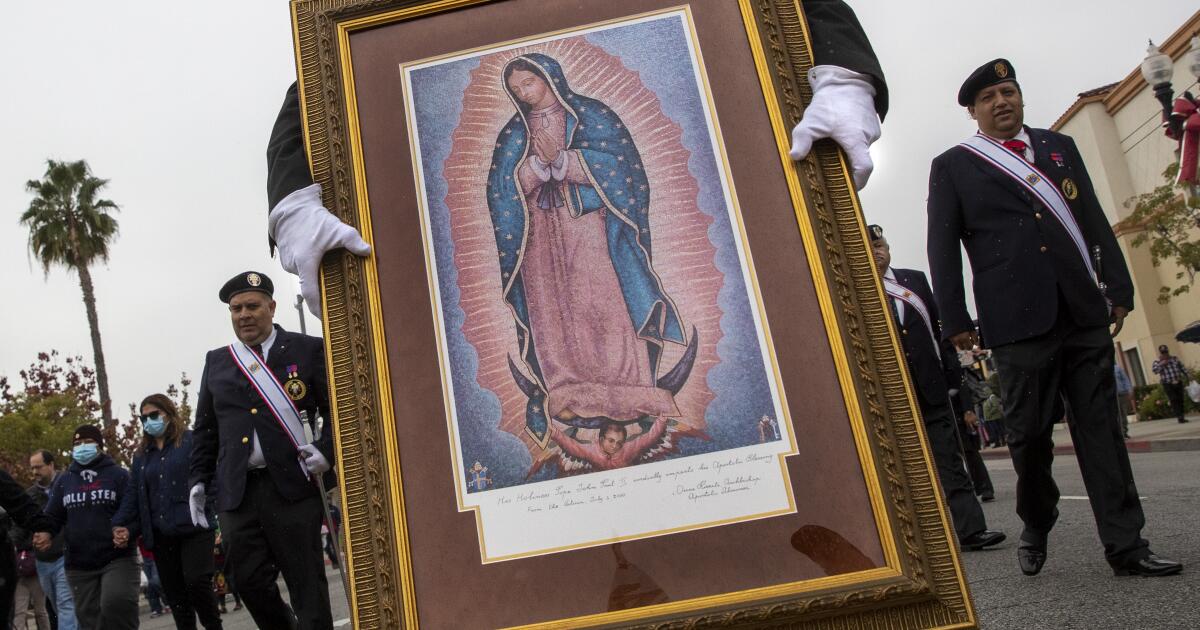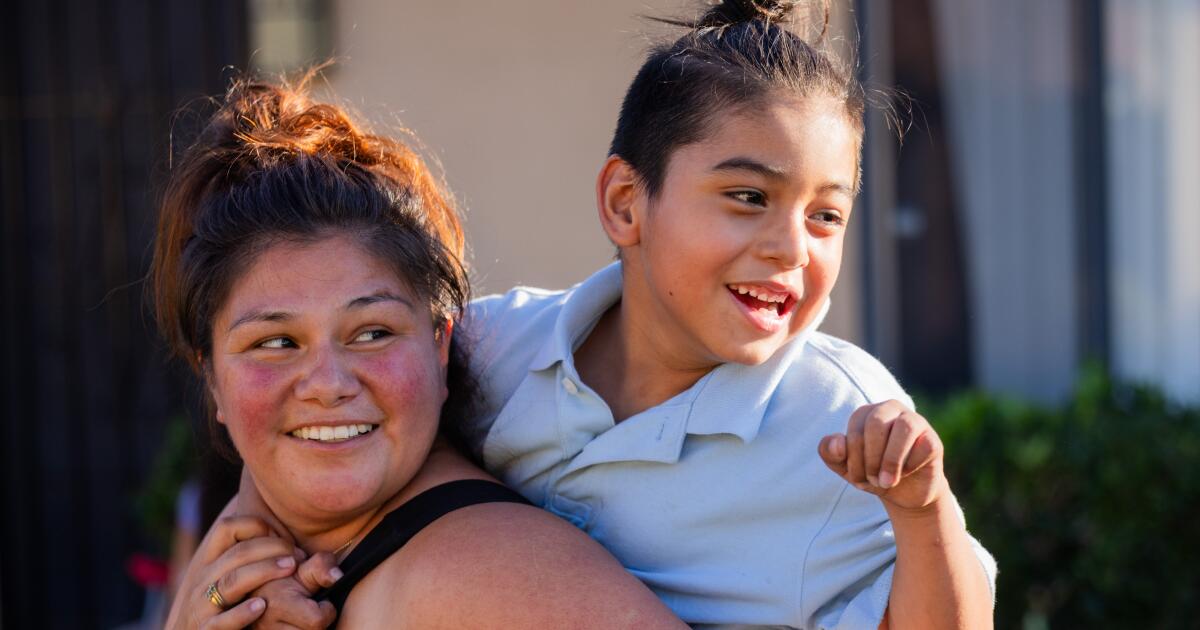Nevada
Nevada Hotel’s Lulu’s tiki bar at York Beach now open to public: ‘I’m definitely excited’

YORK, Maine — Long Sands Beach’s newest tiki bar is open to the public after a holdup this summer in the restaurant’s approval process.
Lulu’s has been serving guests of the Nevada Hotel since its historic reopening this summer by Joe Lipton, who completely refurbished the establishment and added a third floor. Initially, town officials required the restaurant to remain exclusive to hotel guests until a change of use was approved.
However, two weeks ago, code enforcement informed Lipton that the restaurant could now open to the public. The delay was due to a stream overlay district intended to protect a non-existent stream, mistakenly marked on the town’s maps.
“They realized that they can now make a determination the stream never even existed,” Lipton said.
Lipton had been using guest day passes to give people access to Lulu’s while he awaited approval for the restaurant to be public. With Lulu’s open to guests only, he allowed people to request the passes so they could get full access to the hotel’s amenities, including the restaurant.
Now, Lulu’s is preparing to hold a celebration on Sept. 8 with a live steel drum reggae band from 3 to 6 p.m. commemorating the first summer open at the Nevada.
“We want people to know that, especially for the locals heading into September, we’re open,” Lipton said.
More: York to spruce up town with pop-up pocket parks for tourists and locals
What’s on the menu at Lulu’s at York Beach?
Lulu’s, named after Lydia, the daughter of Lipton and Michelle Friar, and her childhood nickname, offers a mix of Mexican and Polynesian cuisine. Tiki-style restaurants and décor, which gained popularity in the 1950s, complement the Pacific Rim theme that aligns with the Nevada’s naval motif. The hotel itself is designed to resemble a battleship flybridge, similar to the one founder Henry de la Pena served on during World War II.
Lulu’s focuses less on imagery like native tiki masks and more on the connection between food and nature. On the menu is a raw bar with ceviche, rice and noodle bowls and al pastor – pork cooked vertically, rotating underneath a pineapple from which juice flows down.
Lulu’s is one of three restaurants operated by Lipton and Friar at their three hotels. The other two are A Little Auk at the ViewPoint Hotel and Stones Throw, which has both a restaurant and hotel rooms.
Lipton said he plans to offer a shuttle service between Long Sands Beach, where the Nevada and Stones Throw are located, and the ViewPoint on Nubble Road, which overlooks the Nubble Lighthouse.
After completing work on all three establishments in recent years, he intends to take a break from major projects for a while.
“One of the things we really wanted to do was be able to share the Nevada and Lulu’s with the people, with the town,” Lipton said. “I’m definitely excited.”
York’s iconic Cliff Walk in jeopardy: Leaders weigh if costly repairs are worth doing

Nevada
Sloan Canyon crushes SLAM! Nevada to claim 4A region title — PHOTOS

After a showstopping offensive performance Friday night, Sloan Canyon will take to Nevada’s biggest stage for the chance to complete a perfect season.
The top-seeded Pirates plundered visiting SLAM! Nevada 47-10 to claim the 4A Southern Region championship. Sloan Canyon will face Reno’s McQueen High on Nov. 25 at Allegiant Stadium for the state title.
“This is such a great feeling for us and the boys,” said Pirates quarterback Cade Hoshino, draped in a variety of Hawaiian leis. “We found a brotherhood this season and I couldn’t be happier for these guys tonight.”
Hoshino conducted the Pirates offense with precision, finishing 14-for-27 passing for 219 yards and three touchdowns. Christian Rhodes was his favorite target, hauling in five catches for 82 yards and a touchdown.
Sloan Canyon (12-0) moved the ball well on the ground too, as running back Jermaine Wilson Jr. gained 165 yards on 21 carries, scoring twice.
After the win, Pirates coach Nate Oishi was happy but grounded, emphasizing Monday’s practice more than the state championship matchup.
“They took it one play at a time and they didn’t look up at the scoreboard until the game was over,” Oishi said. “They’ve been doing that all season long — one play at a time, one practice at a time, one game at a time. I’m proud of them.”
Sloan Canyon took control from the opening drive, when defensive back Jerome Johnson picked off Bulls QB Mark Schramm. That interception led to a 5-yard touchdown run from Kalepo Mose.
Early in the second quarter, No. 6 seed SLAM! Nevada (8-5) got on the board when kicker Grant Ploetz connected from 27 yards out. From then on, it was pretty much all Pirates.
Mose scored once more for Sloan Canyon before halftime, on a 1-yard run, to give the Pirates a 14-3 lead.
Hoshino threw his first touchdown pass of the night early in the third quarter, finding Rhodes in the back right corner of the end zone on a rainbow-arc 35-yard pass. On Sloan Canyon’s next drive, Hoshino got the Pirates inside the Bulls’ 10 with a 42-yard pass to Justice Hutchins. Wilson finished the drive with an 8-yard scoring run, making it 28-3.
SLAM! Nevada scored once more, on a third-quarter touchdown pass from Schramm to Malakai Boykin to cut the deficit to 28-10.
Schramm went 9-for-21 on the night, with 79 passing yards, one touchdown and a pair of interceptions. Running back Anthony Edwards Jr. moved the ball well for the Bulls, finishing with 67 rushing yards on 12 carries.
The Pirates scored two more touchdowns in the third quarter: a 7-yard Wilson run and a 2-yard touchdown pass from Hoshino to Brandon Quaglio.
Sloan Canyon put the game away for good on another Hoshino-to-Quaglio TD early in the fourth quarter.
Nevada
Lawmakers debate proposed film studio bill: ‘For every dollar, we’d lose 77 cents’

Nevada
Pinecrest Academy of Northern Nevada hosts community craft fair

RENO, Nev. (KOLO) – Pinecrest Academy of Northern Nevada is bringing the community together for a holiday craft fair this weekend.
Students, Jacob and Harper, stopped by Morning Break to share all the details of the event and their love for their school.
The craft fair takes place Saturday, Nov. 15 from 9 a.m.-2 p.m. at the school (1150 Silent Sparrow Drive, Sparks). There will be over 50 vendors, and Christmas present wrapping station, delicious food and drinks and so much more. Click here to learn more.
Copyright 2025 KOLO. All rights reserved.
-

 Nebraska1 week ago
Nebraska1 week agoWhere to watch Nebraska vs UCLA today: Time, TV channel for Week 11 game
-

 Austin, TX1 week ago
Austin, TX1 week agoHalf-naked woman was allegedly tortured and chained in Texas backyard for months by five ‘friends’ who didn’t ‘like her anymore’
-

 Hawaii6 days ago
Hawaii6 days agoMissing Kapolei man found in Waipio, attorney says
-

 Vermont4 days ago
Vermont4 days agoNorthern Lights to dazzle skies across these US states tonight – from Washington to Vermont to Maine | Today News
-

 Southwest1 week ago
Southwest1 week agoTexas launches effort to install TPUSA in every high school and college
-

 New Jersey6 days ago
New Jersey6 days agoPolice investigate car collision, shooting in Orange, New Jersey
-

 World1 week ago
World1 week agoIsrael’s focus on political drama rather than Palestinian rape victim
-
West Virginia4 days ago
Search for coal miner trapped in flooded West Virginia mine continues for third day




















